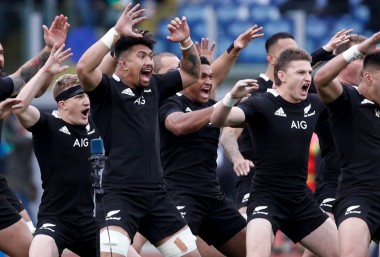In this article we share examples of specific statutory recognition of intellectual property (IP) in New Zealand, and what makes the Haka Ka Mate Attribution Act one of its kind.
Why is this Ka Mate protection so unique?
Actually, it's not. While Ka Mate is the only IP right to have achieved protection so far through a Treaty of Waitangi settlement, this kind of recognition is not novel in New Zealand law.
Some examples of specific statutory recognition for IP rights are the following:
- The Military Decorations and Distinctive Badges Act 1918 specifies that it is an offence for anyone to wear a military badge or an imitation of one, unless there are entitled to.
- The Geneva Conventions Act 1958 protects the Red Cross.
- The use of the Scouts' name is controlled by The Scout Association of New Zealand Amendment Act 1967.
- New Zealand hosted the Commonwealth Games in Christchurch in 1974. The popular logo of that event has been protected under the Commonwealth Games Symbol Protection Act 1974. This act provides that no one can use the symbol without the consent of the Minister of Internal Affairs.
- The Flags, Emblems, and Names Protection Act 1981 controls the use and display of the New Zealand flag, any terms implying the patronage of the royal family or government, use of the emblems and terms of the United Nations, 'Anzac', the RSA, the Girl Guides, and a range of research institutes. Late last year, the government amended the Act to protect words or emblems relating to the 28th Māori Battalion, including its Māori names Te Ope Hōia Māori 28 and Te Hokowhitu Māori 28.
- Te Papa's names are protected by the Museum of New Zealand Te Papa Tongarewa Act 1992.
- The Golden Kiwi is protected by The Gambling Act 2003.
- The Major Events Management Act 2007 protects a range of specific words and emblems, and provides for more to be given protection by way of a declaration.
As these examples show, it is not unusual for New Zealand law to provide for the protection of IP rights in particular words or designs. What is unusual is for the government to extend this protection to IP owned by Māori.
For taonga works of national significance such as the Ka Mate haka, perhaps a similar Act to The Flags, Emblems, and Names Protection Act 1981 is a temporary solution for dealing with IP rights in taonga until a detailed government response to the WAI 262 recommendations is completed.
Next in the series: But wait a second, hasn't the Waitangi Tribunal already made comprehensive recommendations for a system that would protect rights of this kind? What's going on with that?





